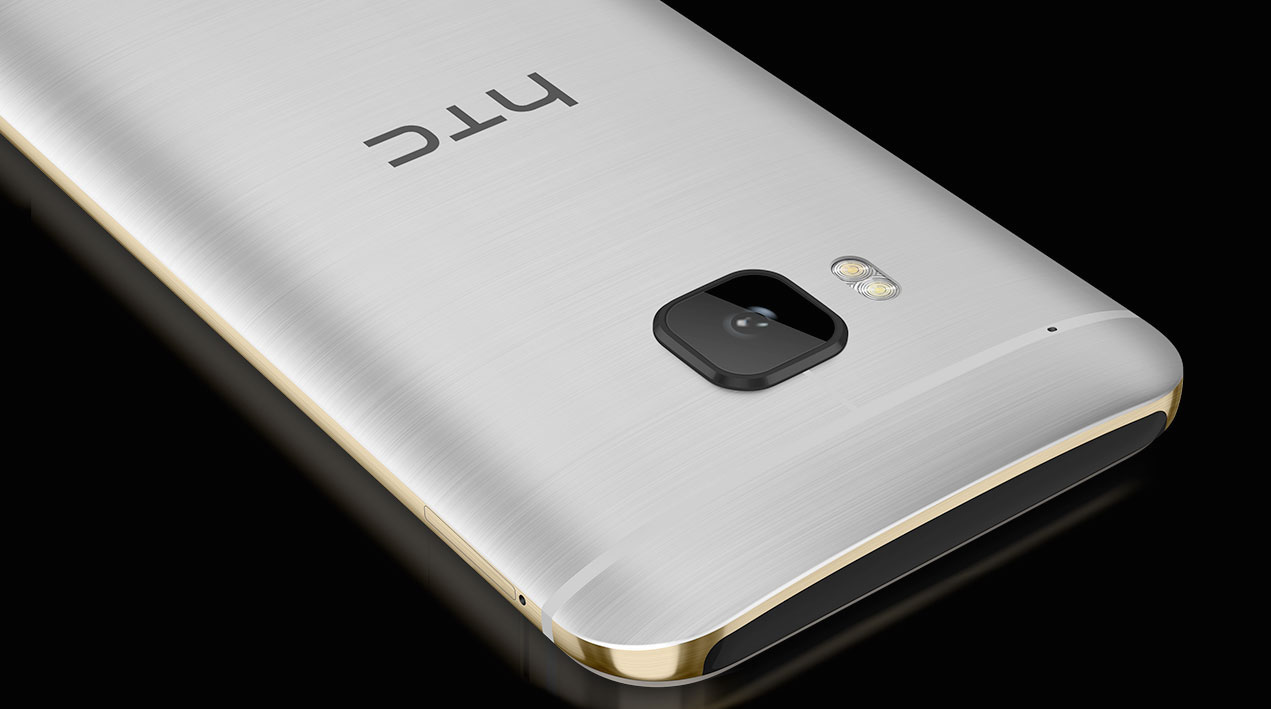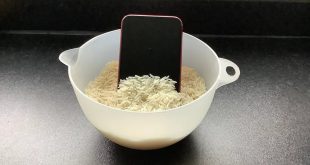HTC has recently release its flagship phone for this year, an improved model based on last year’s successful HTC One M8. While it didn’t break any records in terms of sales, last year’s M8 proved to be a very solid choice, with some great design options and reliable hardware hidden inside. Thus, more of something good can’t be bad, right? Well, not quite.
We’ll put it out there from the very start: this year’s HTC One M9 does not impress, not because it’s a bad phone, but because it doesn’t really innovate in any way and feels somewhat outdated. Last year’s model ran well with a solid Sense 6 UI, good hardware and nice design. It however lacked severely in the camera department, the area where most of the negative criticism was hitting HTC’s flagship. Out goes the 4 Ultrapixel sensor from the phone’s back, as it is moved to the front, becoming the front-facing selfie camera. The rear, main camera has been replaced with a 20.2 megapixel Toshiba-made sensor, one that should, on paper at least, prove to be a lot more impressive. Sadly, it’s not, and once again we have proof that the number of megapixels isn’t enough to make a camera stand out.
The HTC One M9 does relatively well in good daylight conditions, holding its own against the more recent Samsung Galaxy S6, S6 Edge or iPhone 6, but in low-light conditions, expect to see blurry, noisy images that are reminiscent of 2013 phones more than anything else. It’s bad, simply put. But hey, at least we get a new UI in the shape of Sense 7, right? Based on Android Lollipop 5.0.1, the new HTC Sense UI is messy, chaotic and unpleasant to use. Where HTC’s previous versions of UI were a nice touch, proving to be more popular than Samsung’s TouchWiz interface, the reworked UI just isn’t having the same effect. It seems to have modified every aspect of core Lollipop, and that’s not necessarily a good thing. On the brightside, the phone’s hardware is strong enough, and in most cases, Sense UI 7 runs flawlessly and without lag, similarly to the UI found on the S6. Then again, this is a highly-priced flagship, were we expecting anything less?
Speaking about the hardware, let’s see what HTC hid under the hood this year. We get a Snapdragon 810 processor, combined with 3 GB of RAM, 32 GB of internal storage and, a plus here compared to the Galaxy S6, microSD support (we still can’t imagine why Samsung decided to remove its microSD support). Needless to say, the phone flies, and even when multitasking, it seems to have no problems running the most hardware-abusing aps out there. Still, this alone doesn’t really warrant an upgrade from last year’s M8, as the older HTC flagship still runs great too. In terms of displays, we’re getting a Full HD one, which is not bad, but somewhat seems to be lacking when compared to the iPhone 6 or Samsung Galaxy S6. After all, HTC reused the same panel as last year, and that’s a big minus when competitors are taking strides forward.
Last but not least, the design elements. Here HTC did well, and we love the rounded, metallic back of the M9. The phone feels really solid, looks good and is pleasant to the touch. However, competitors also ramped up the competition – the LG G4, Samsung Galaxy S6 and S6 Edge, and even the Moto X bring customization and solid finishes. Where HTC was once stomping the competition in terms of looks, it’s now on-par with the rest of them. Another drawback of the phone seems to be the integrated battery, and a design flaw that does result in the phone heating up extensively while under heavy load. It won’t burn you, but it’s surprisingly hot at times.
So, where do we stand with the HTC One M9 then? It seems the biggest improvements to the phone are in terms of hardware, with 1 GB of extra RAM and a slightly better processor hidden inside. The design is more or less the same, the display hasn’t changed, the new camera is almost as bad as the old one, the new Sense 7 UI just doesn’t feel right, and the price…well, it’s $1,000, since we’re talking about a flagship phone, after all. There simply isn’t enough value for money to warrant an upgrade, or even a purchase. HTC’s competitors managed to improve their flagships on multiple levels, where this one seems to be a slightly revamped version of last year’s M8. Thus, it’s hard for us to recommend picking up HTC’s new phone over the similarly priced Samsung Galaxy S6 or LG G4. And if you’re on a budget, Motorola’s Moto X 2014 still provides a lot more bang for the buck.
 Tech Gadget Central Latest Tech News and Reviews
Tech Gadget Central Latest Tech News and Reviews




